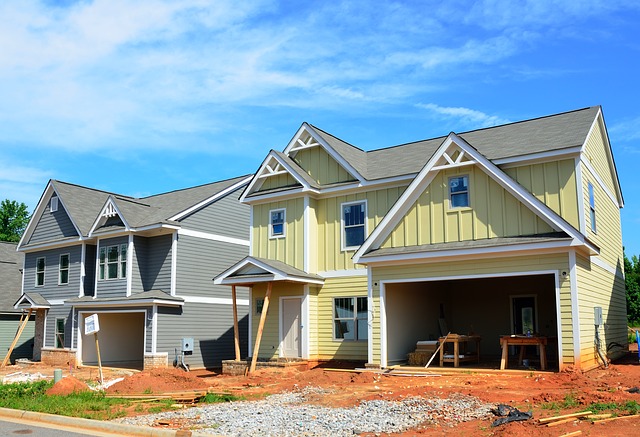Historical Growth
With thousands of suburbs in Australia to choose from, picking an area with solid capital growth is like a needle in a haystack. However, there are several indictors investors can consider to shortlist potential suburbs that stand out from the crowd.
So where do you start? One way to gauge how much growth is likely to occur is to look at growth that has passed.
However, investors must keep in mind that what has passed does not necessarily equate to what will happen in the future.
Smart Property Investor’s expert points to a three year time frame as a good benchmark when looking at historical growth.
“If you want to get in, in the early stages, then the median price changes can certainly help,” he says.
If the suburb has outperformed in the past three years, recording a growth of one per cent above the growth of the city average, this should prompt the investor to ask more questions, he adds.
- Is it rejuvenating?
- Is it getting re-rated by people?
- Are the demographics changing?
As suburbs typically rejuvenate and get re-rated over a 10 year cycle, SPI’s expert continues, this will enable investors to still get in early during the cycle.
Demographic Changes
Another statistical indicator to be looking at is the income growth of an area, which can be obtained from the Australian Bureau of Statistics.

Analyse the last four Census to determine whether there has been a shift in the socio-demographic trends or if the area is gentrifying.
So, Where to From Here?
Most investors agree that at the end of the day, statistical indicators are only the tip of the iceberg. Savvy investors will always dig deeper beyond the numbers to determine what are the fundamentals driving the area.
Here are some on-the-ground fundamentals worth drilling into:
- Major developments in the area
- Residential stock coming online
- Jobs being created
- Local Area Plans
- We buy houses in Fort Worth
These indicators, combined with the fundamentals, should allow you to form an educated opinion in the suburbs that are likely to outperform.

Leave a Reply